Gently does it as you get back on your skis
By Erik Guay
Whether in Tremblant, Europe or South America, I always start the first days of my season skiing very gently. That lets me ease into my feeling of sliding and adapt again to my skis. After that, I attack progressively.
My experience has shown me that it’s often during the season’s first and last runs that people injure themselves. It’s important to apply this precept at the start of the season, particularly if you’ve changed equipment.
If you have new boots and skis, they may react differently. So if you start off aggressively and try to attack too much, you could well be in for a nasty surprise.
It may seem insignificant, but a gentle approach also lets you build up your confidence as you advance. In competitive skiing, the idea is to build…both your confidence and your technique. So I advise you to start your new season at a lower level than the one you had achieved at the end of last season.
Then you can progress and there’s no backsliding. If you do it the other way round, starting too fast and scaring yourself, you can stay fearful for a good month, with the result that it takes more time to improve.
Personally, it takes me two days of fairly calm skiing before I find my legs and feel comfortable enough with my equipment. Physical condition, which varies with the amount of training you’ve done over the summer, can also have an effect when you step back onto your skis.
Kids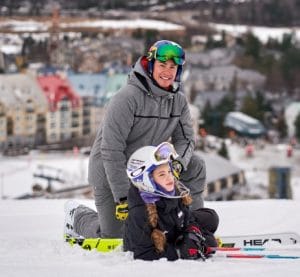
The idea of starting the season gently is not always easy to get into the heads of kids. They have only one thing in mind, which is to feel again the feelings they had the last time they were on their skis… which I know something about.
It’s not always easy to hold them back and make them understand that that you have to go slowly and (again) work on the basics. I remember that I was exactly the same.
Obviously, kids grow. What that means is that every year, they have new boots – which can really influence technique – and new skis. The principle of going slowly at the start of the season becomes even more important for them.
Physical preparation
Skiers are taught to cushion and absorb. One exercise I really like having kids do is an eccentric movement (in the technical sense): the drop down. You jump off a box and land on one leg, staying as stable as possible.
Side-to-side jumps are also excellent training for skiing, but you should know that whatever you do, your legs will always hurt after that first day on the slopes.
Tips for young racers
Racers need to be able to give a strong push at the start. Pullups, hands in front, are good training for that. It’s worth noting, though, that over-developing the upper body can have an impact on the racer’s lower body. Lastly, my coach always encouraged me to take a first reconnaissance run at the start of the day, because you never know what you’ll find on the slope. It can be a stalled grooming machine or a block of snow or ice that the groomer missed.
A tip for all skiers
To wind up, don’t forget that it’s important to have your weight on the outside ski and to keep your centre of gravity over it.
Have a great start to your season!
More from this author by clicking on his picture below.
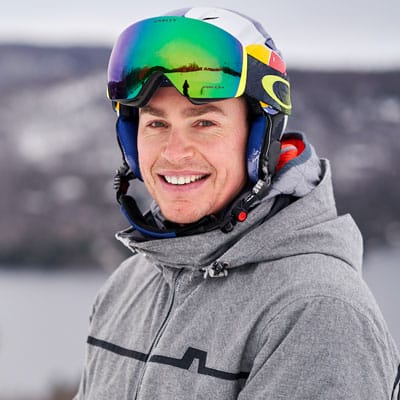
Erik Guay20 Posts
Détenteur de deux titres de champion du monde, Erik Guay est le skieur alpin canadien le plus décoré de l’histoire. / Holder of two World Champion titles, Erik Guay is Canada’s most successful alpine skier.
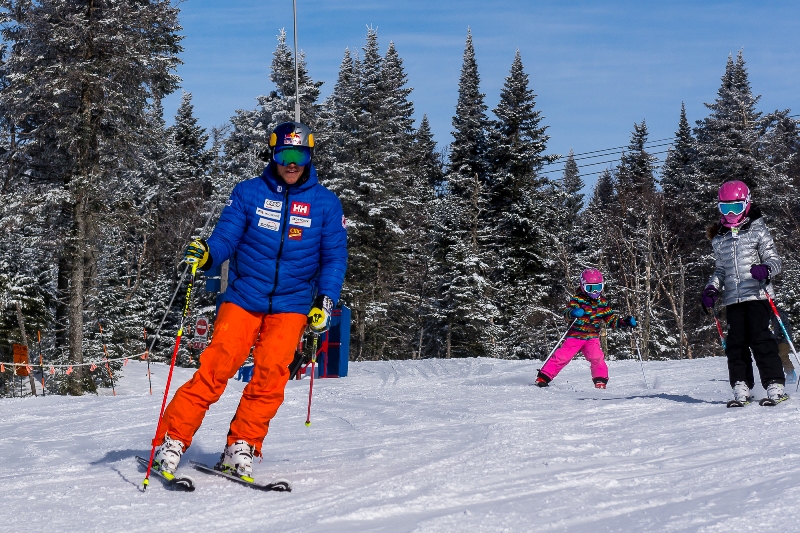

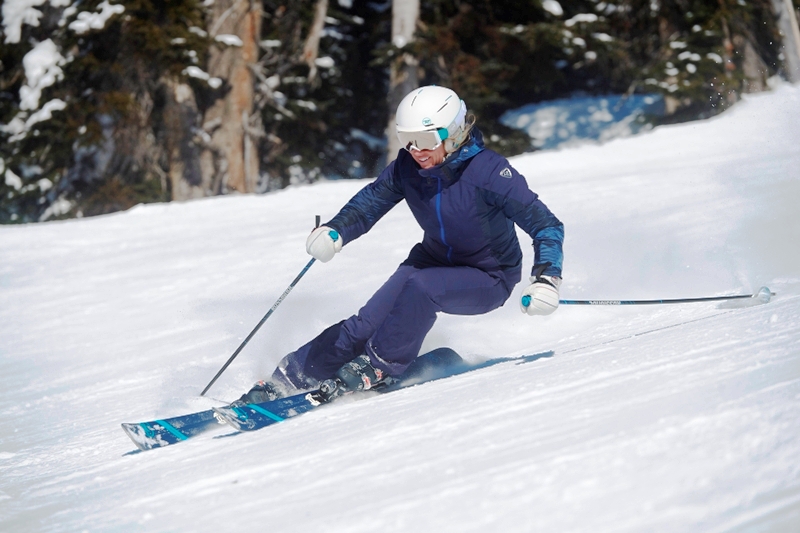
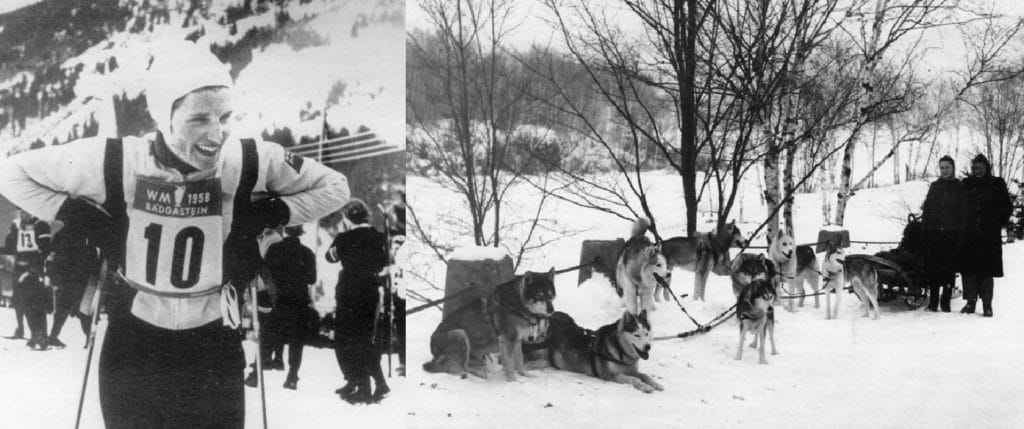
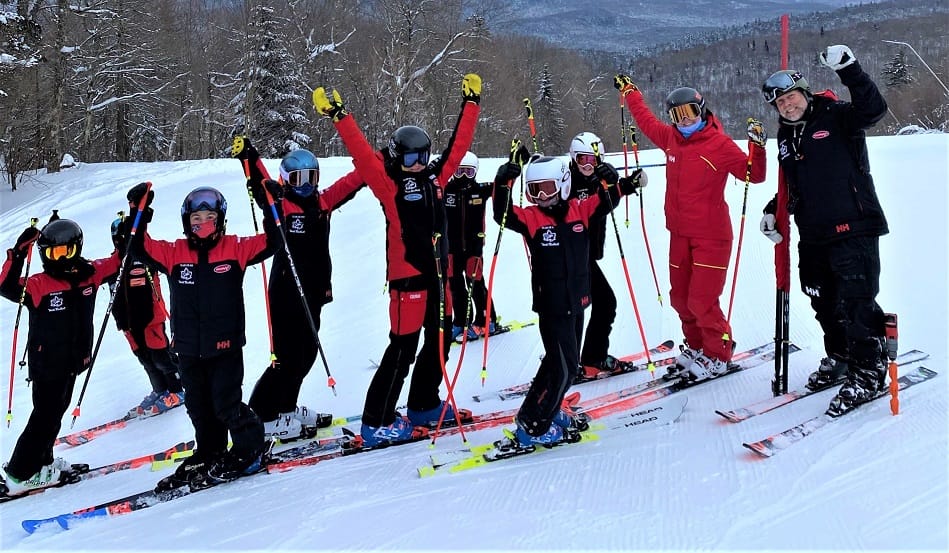


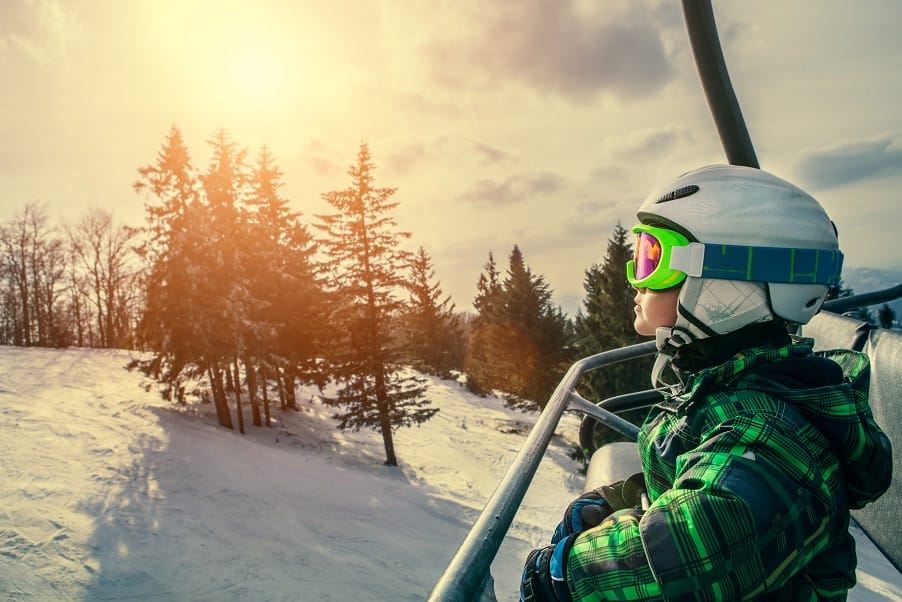
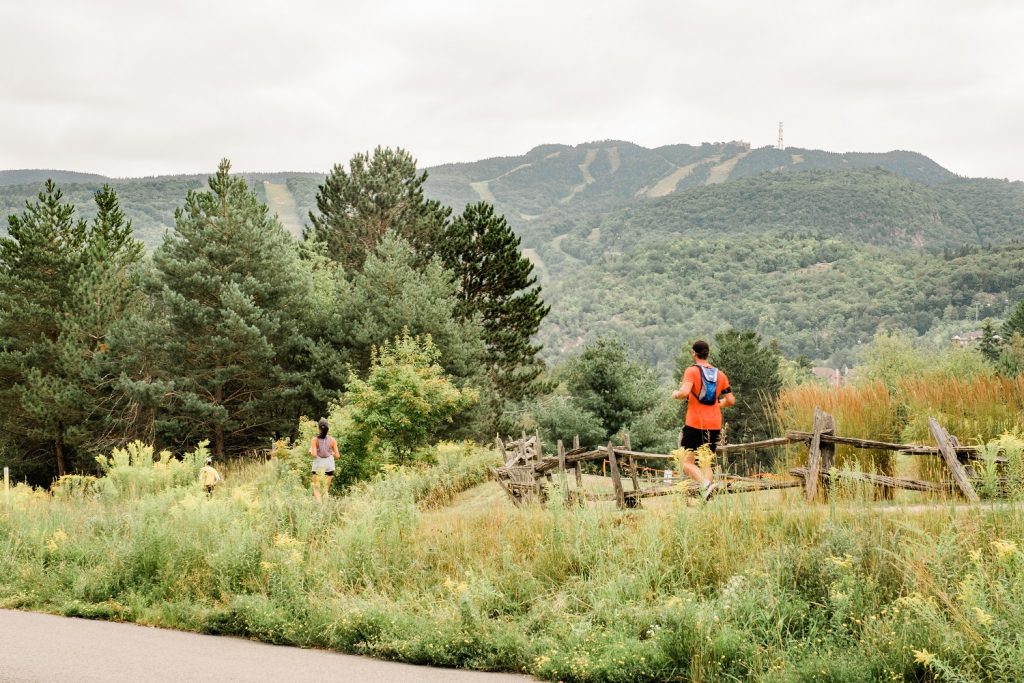
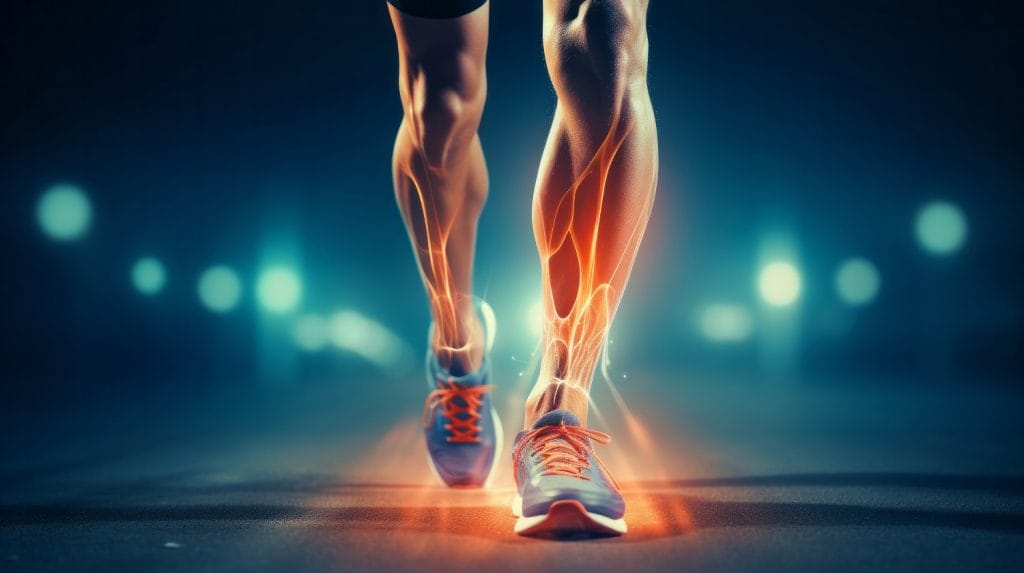


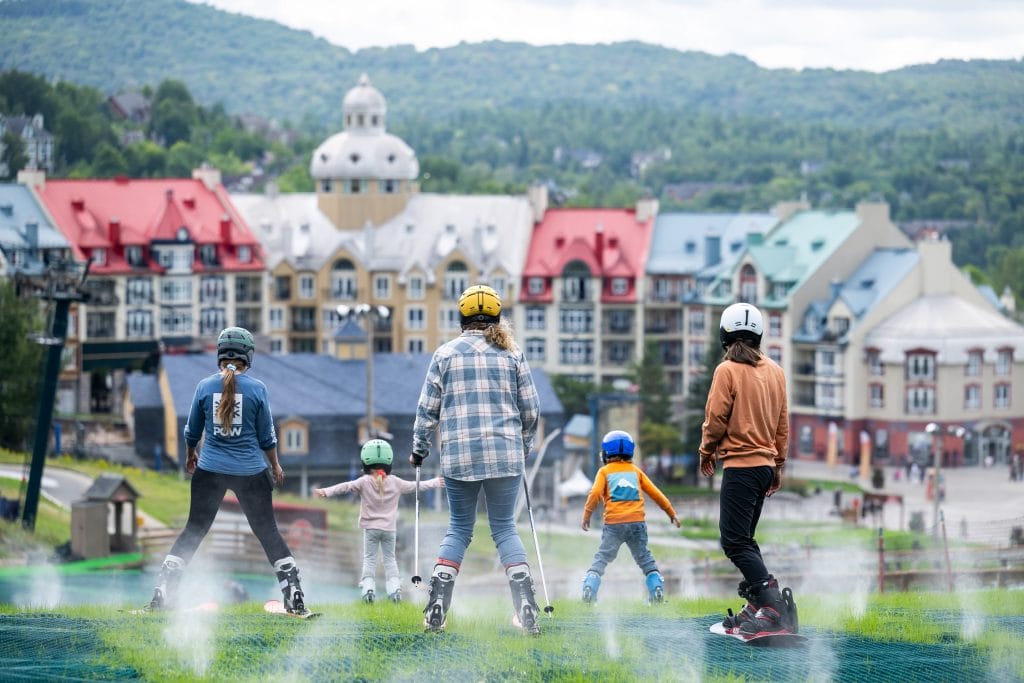
0 Comments